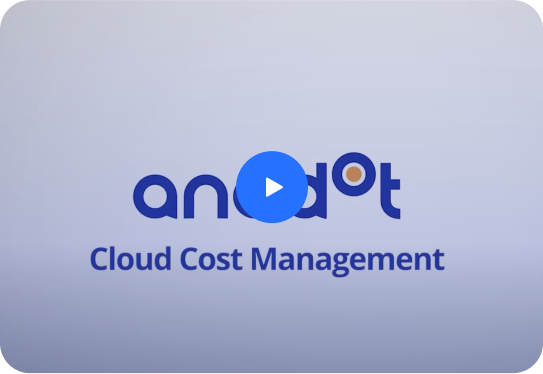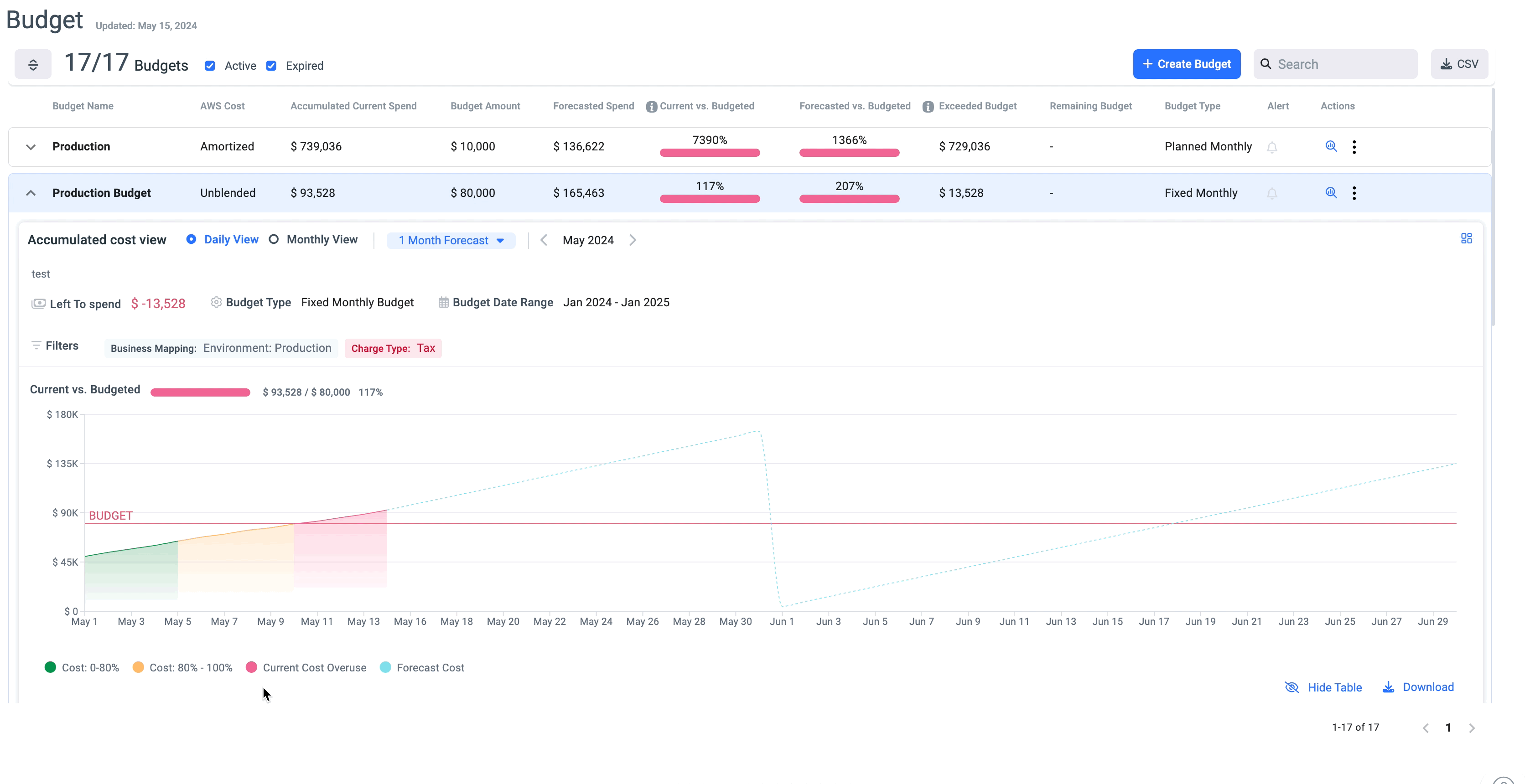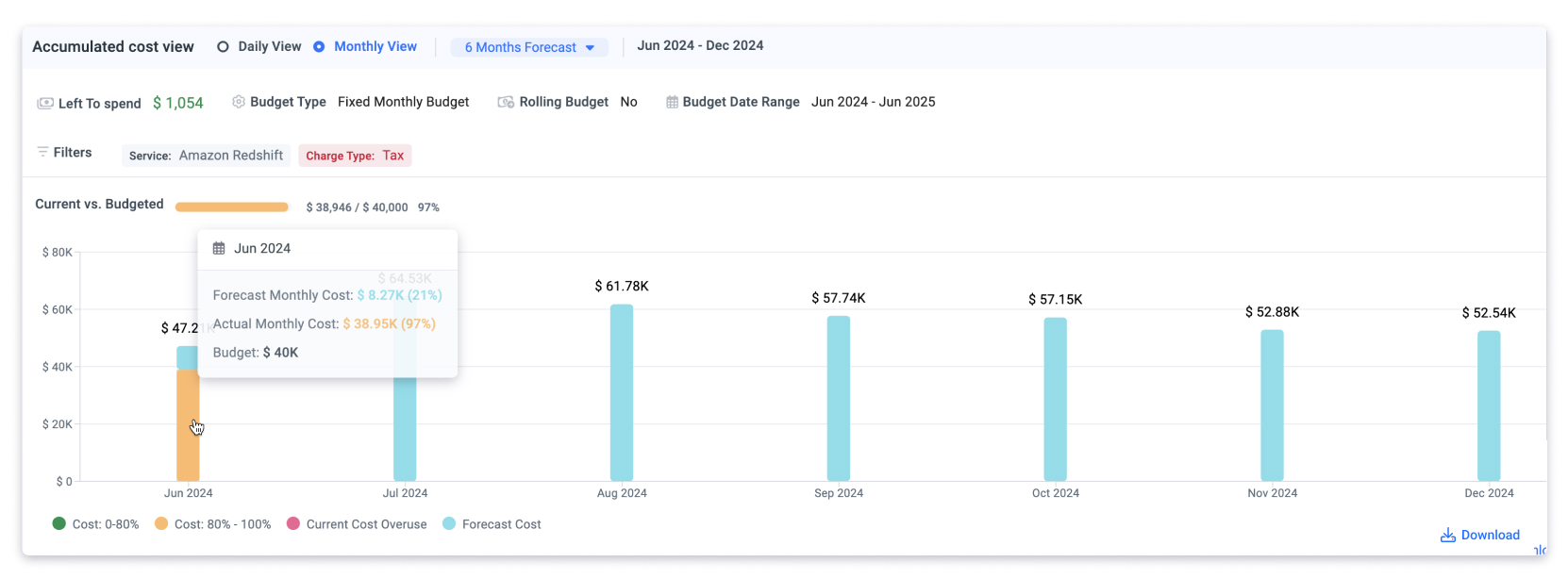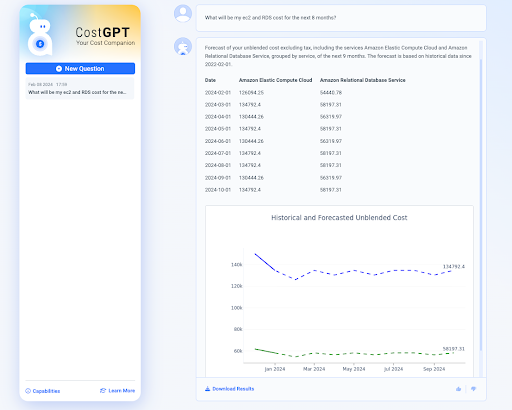Are you able to forecast cloud costs accurately?
According to the 2024 State of FinOps Report, nearly two-thirds of respondents have organizational attention or focus on them for improvement in three areas: budget granularity and communication, forecast accuracy, and budget adherence.
Getting the most out of your cloud investment requires accurate forecasting and budgeting. An organization that can accurately predict its cloud spending will be in a better position to take advantage of the myriad resources and tools available from public cloud providers.
Predictability also allows leaders to let engineers experiment and innovate, resulting in better business outcomes. However, many organizations still need to significantly improve their forecasting capabilities.
Evaluate your FinOps forecasting capability
Identify your forecasting maturity by asking yourself the following questions:
- Is there enough granularity in your forecasts?
- Can you accurately forecast costs by cloud, business unit, product, service, or team?
- Can you generate accurate daily, weekly, monthly, quarterly, and yearly forecasts?
- How flexible is your forecasting? Are you able to adapt your forecasting to changes as they occur (e.g., trends, seasonality, special events, robustness to anomalies, or new business context such as new customers or new RI agreements)?
- Are your forecasts used to allocate accurate budgets at the required granularity? Do you communicate and analyze budgets on a regular basis?
- Do you measure and track forecasting accuracy? What is the variance between your forecasts and actual costs?
- In addition to budgeting, are forecasts used for long-term financial planning, monitoring costs in the short-term, and proactive FinOps?
Are you still struggling to forecast despite using multiple FinOps tools?





